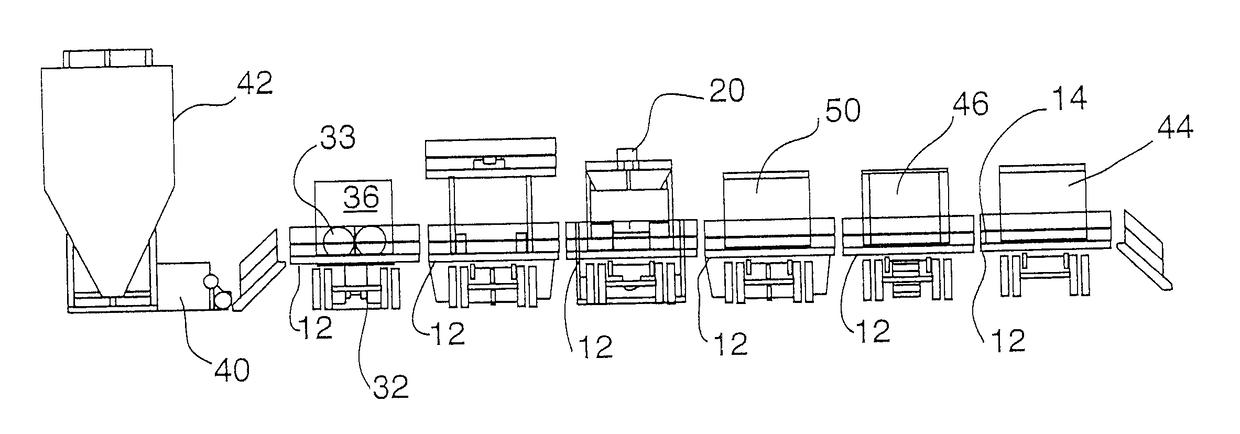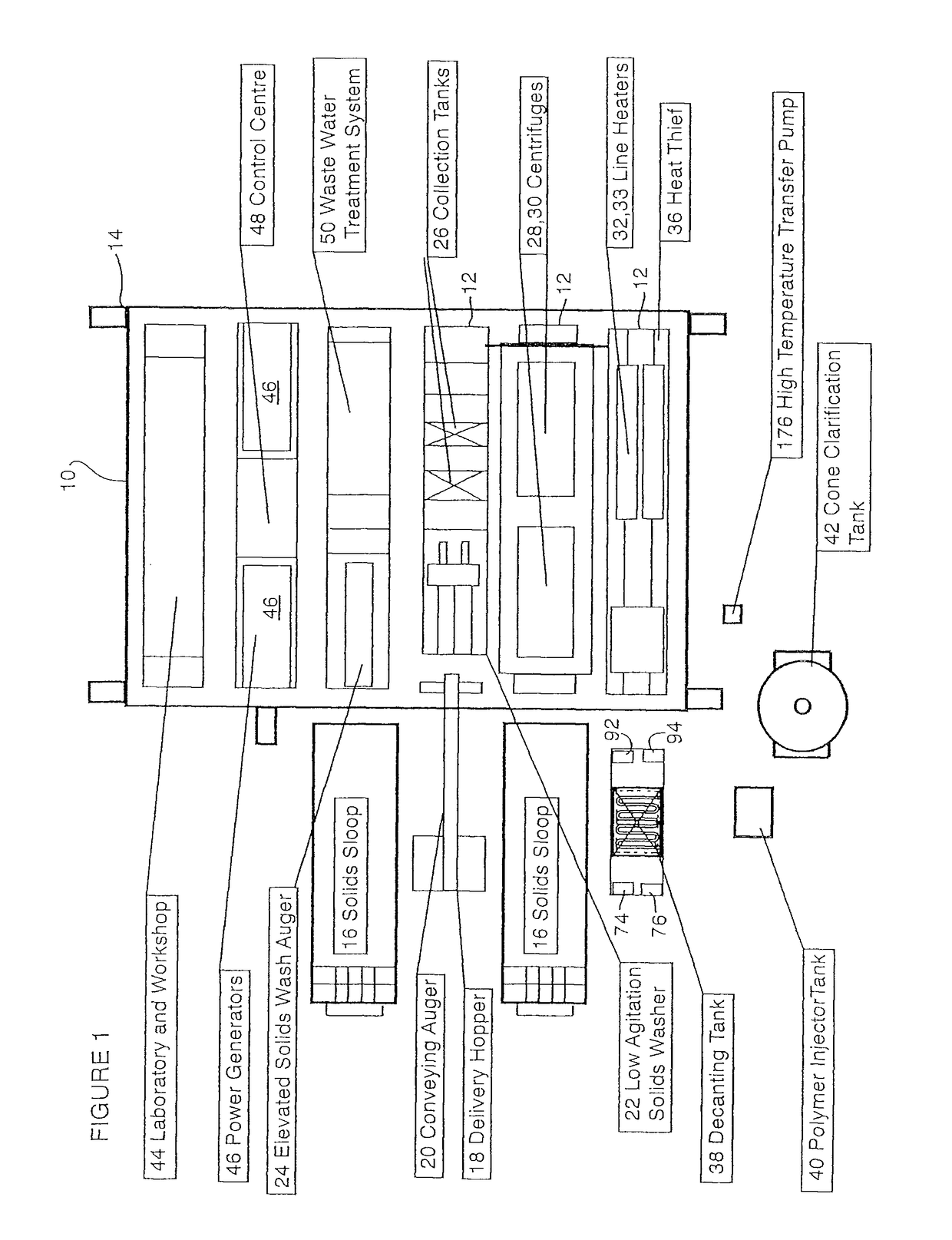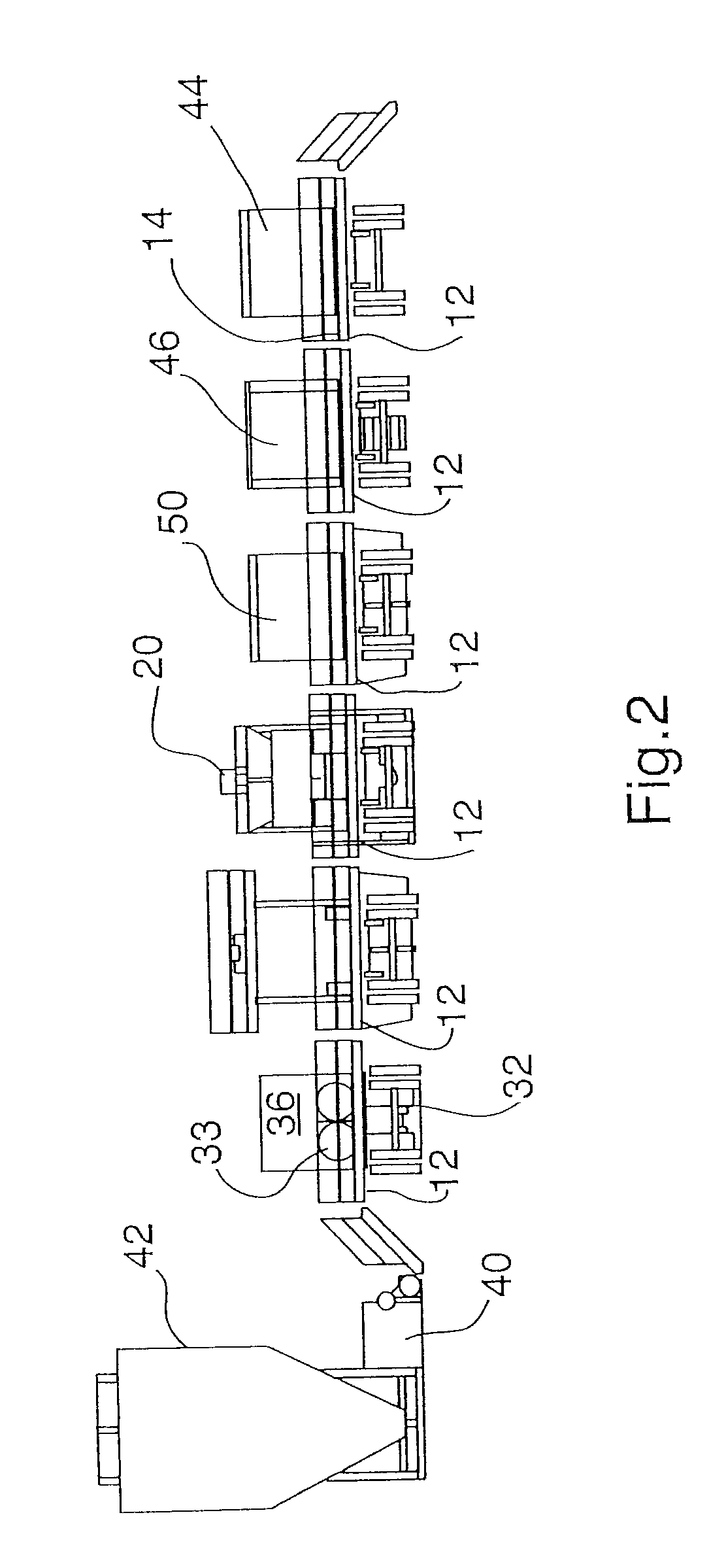The nature and cost efficiency of management and disposition techniques adopted can adversely impact enterprise shareholder value.
Examples include; increased operating costs for containment, management, transportation, processing and disposal, increased financial statement allocations to fund future clean up liability obligations and decreased levels of economically recoverable hydrocarbon asset reserves reported in financial statements, simply as a consequence of the type of engineering approach selected to comply with environmental regulations.
Disadvantages of using waste management techniques based on transportation and disposal include:(a) Disposal Restrictions; Contaminated waste may be characterized by environmental regulations as hazardous waste, which precludes non-hazardous disposal options for large volumes of waste and requires expensive on-site containment and management arrangements,(b) Disposal Charges; Costs for off site processing and disposal of large volumes of contaminated waste,(c) Transportation Charges; Costs of transporting large volumes of waste long distances from remote locations to a processing plant facility and disposal site, often on poor, seasonally accessible roads with associated insurance costs and liability exposure in the event of accidental spillage, together with attendant increases in greenhouse gas generation from transportation diesel fuel combustion, and(d) Lost Value; The financial value of hydrocarbons associated with waste, including valuable oil, drilling fluids and lubricants, are lost upon disposal.
Disadvantages of using waste management techniques based on alternative processing methods include dependence on systems implementing alternative processes which require significant quantities of water and do not incorporate a closed loop for treatment and reuse of process water.
The continued ability to source and use water in industrial processes is increasingly restricted by environmental regulations.
In addition, hydrocarbon extraction activities are often conducted in agricultural, remote or arid locations where water is a scarce, contested and expensive commodity.
Additionally, systems implementing alternative processes are not sufficiently portable to enable transportation and operation at remote locations or rapid emergency deployment and relocation between temporary sites,
Another drawback to existing systems implementing alternative processes is that they are not designed for continuous operation and are not sufficiently robust and reliable to enable uninterrupted operation under harsh conditions at remote locations,
Systems implementing alternative processes are not cost efficient to operate in remote locations due to requirements for skilled human operators, supplies of consumable filters, maintenance services and consumption of expensive fuel and electricity.
In addition to the above limitations, systems implementing alternative processes can perform a limited specialized function, but are not a flexible, integrated system capable of fully processing a variety of different intake combinations of hydrocarbons, water, solids and contaminants in varying proportions, together with continuous treatment and reuse of process water.
Further still, alternative processes are subject to the following limitations:(a) Inability to demonstrate both adequate processing capacity in a portable configuration and scalability to significantly increased industrial capacities;(b) Limited capability to process hydratable solids and consequently can only resolve waste materials into a sludge or slurry containing residual hydrocarbons, and solids, but are not able to completely segregate hydrocarbons and water and render dry, neutral solids qualified for discharge to the environment in accordance with environmental regulations;(c) Inability to resolve water to a condition qualified for discharge to the environment in accordance with environmental regulations;(d) Alternative processes generate solids which remain contaminated with residual hydrocarbons or use inorganic polymers which affect the electrical conductivity properties of solids.
 Login to View More
Login to View More 


